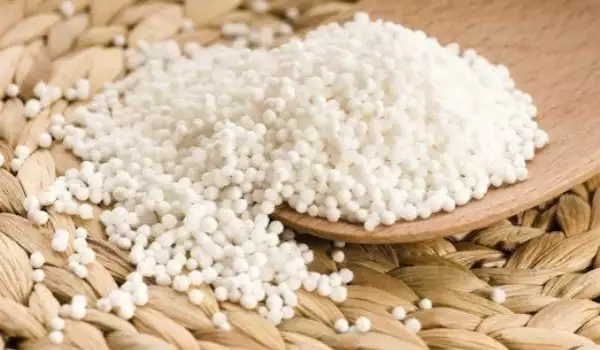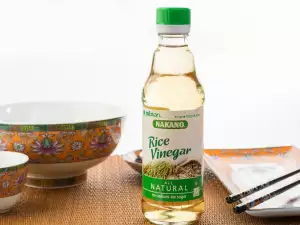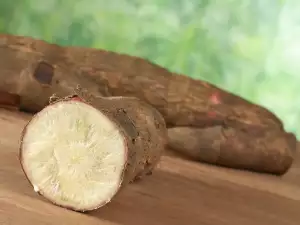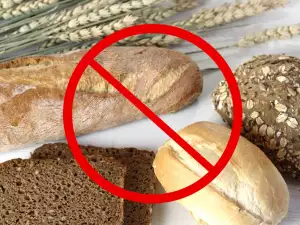Tapioca is a name that is not well known in some countries because it is an exotic culture native to South America. It is a tiny pearl that is cultivated and eaten in tropical regions. There, they are a valuable food ingredient because of their ability to grow in poor soils and harvest quickly. They have great culinary versatility and this makes their application wide ranging from soup to dessert. The most useful part of the cassava plant, from which tapioca is made, is the root - coarse, cylindrical and brown in color.
The balls used for decoration are often painted for that purpose. Drinks and sweets are also made from them. Here's what else can be learned about this interesting food product.
History and description of tapioca
Tapioca balls are white, translucent grains derived from the starch of the cassava plant. It is an edible plant species of the Euphorbiaceae family that grows in tropical climates and is popularly known as cassava.
Cassava began to be cultivated in South America in 4600 BC. Its root was used by the tribes living on the territory of modern Brazil. In the 16th century, the plant was brought to Portugal and Spain and then spread to the West Indies, Africa and Asia.
Currently, cassava is grown in many countries with tropical climates. The main suppliers of the product to world markets are Brazil, Guyana and the countries located in the Antilles.
Tapioca balls have a neutral taste, they easily absorb the taste and smell of the products with which they are used, and this ensures their wide application in cooking.
They are used as an alternative to cereals. With them, soup is seasoned, side dishes are prepared and are added to sweet or savory dishes. Tapioca flour is used to make puddings, drinks, cocktails and even teas. We are talking about the famous bubble tea. The balls are easily painted in different colors, becoming an original decoration for festive dishes.
Production of tapioca from cassava
Tapioca is a white to light gray starch obtained from the tuber of the cassava bush.
From the raw material, flour, starch, pearls and flakes are produced for various culinary needs.
To obtain the starch, cassava tubers are washed, peeled, pressed or grated, dried and finally grinded. The starch is then washed with water or pressed through a sieve and dried while hot. Due to the heat treatment, the starch is partially in the form of gelatin.
Pearl tapioca refers to the doughy starch pressed through a suitably large sieve, which is either dried directly or dropped onto a constantly rotating hot plate so that the starch can dry while forming spheres, the familiar tapioca balls.

Tapioca is actually a starch extract obtained from the root of the cassava or cassava plant.
Nutritional value of tapioca
Tapioca is used all over the world as part of diets for weight loss and healthy eating, because it offers a unique composition in which carbohydrates, vitamins, minerals and many organic compounds shine, that is, it has a rich nutritional composition.
Tapioca is rich in dietary fiber, which lowers bad cholesterol. It contains excellent amounts of vegetable protein. In addition, it contains the essential B vitamins, iron, folates, manganese, calcium, pantothenic acid, copper, selenium and others.
Main health benefits of tapioca
Healthy weight gain
For healthy weight gain, tapioca is a perfect helper. It contains beneficial carbohydrates that will not harm health in weight gain and will not raise cholesterol.
Improving blood circulation
Tapioca is also distinguished by its wealth of iron. This mineral is very important for the normal functioning of the human body. Iron carries oxygen in the blood, and this improves circulation and most of all nourishes all cells with oxygen and nutrients.
Reduces the risk of birth defects
The wealth of B vitamins in tapioca helps lower the risk of birth defects during pregnancy, especially neural tube defects.
Improving digestion
Tapioca contains a lot of fiber, which regulates the functions of the intestines and the release of toxins from the body. They relieve constipation, diarrhea, bloating, gas. These fiber properties in tapioca also help reduce the risk of colon cancer.
Speeding up metabolism
Protein is an essential element in the human body and is therefore important for health. Many people get their main portion of protein from eating meat, fish and dairy products. Vegetarians strive to replace these products with plant-based protein equivalents and alternatives and tapioca is an excellent option. It is a wonderful source of vegetable proteins, useful for a number of processes in the body, muscle development, cell regeneration and others.
Improving bone density
Tapioca contains large amounts of vitamin K, calcium and iron, which play an important role in the strength and building of bones.
Reducing the risk of Alzheimer's disease

Vitamin K is important not only for bone strength, but also for brain health. Vitamin K has been shown to reduce the risk of Alzheimer's disease because it successfully eliminates free radicals.
Blood pressure control
Potassium is a mineral responsible for balancing blood pressure. It lowers tension and stress in the blood vessels by increasing blood flow to the organs.
Application of tapioca
There is no gluten in tapioca starch, so the product is extremely suitable for people with gluten intolerance. The product can successfully replace corn or wheat starch. It is often used to thicken soups or stews.
Another application of tapioca is for puddings, creams or as an additive in sweets.
Adding tapioca starch to various baked goods makes them extra delicious. When working with gluten-free flours, it is recommended to add a small amount of tapioca starch to the mixture to obtain a final product with a better consistency.
Bubble tea, also known as boba tea, is a popular drink in East Asia, which is already loved among Europeans. It is named so because of the tapioca pearls that are added to it. Bubble tea has the property of cooling in the heat, as well as creating a feeling of satiety. The drink combines the beneficial properties of tea and the nutritional value of tapioca, used by athletes and people following a healthy diet.
Contraindications for using tapioca
Cassava, from which tapioca is produced, is a potentially dangerous plant because it contains the poisonous cyanogenic glycoside linamarin. This requires the raw material to be well processed to remove this glycoside.
If tapioca products have a bitter taste, it means that the glycoside has not been properly cleared and they should not be consumed. Precisely because of the high risk, there are often victims of this food in Africa.
It is good to know that even sweet tapioca contains minimal amounts of poisonous glycosides. Therefore, frequent consumption of tapioca leads to chronic intoxication, which can cause long-term and adverse health effects and the development of certain diseases such as Konzo disease.
Allergic reactions and the risk of developing an allergy are also possible. There may also be an individual intolerance to the product, as with any food.
















Comments